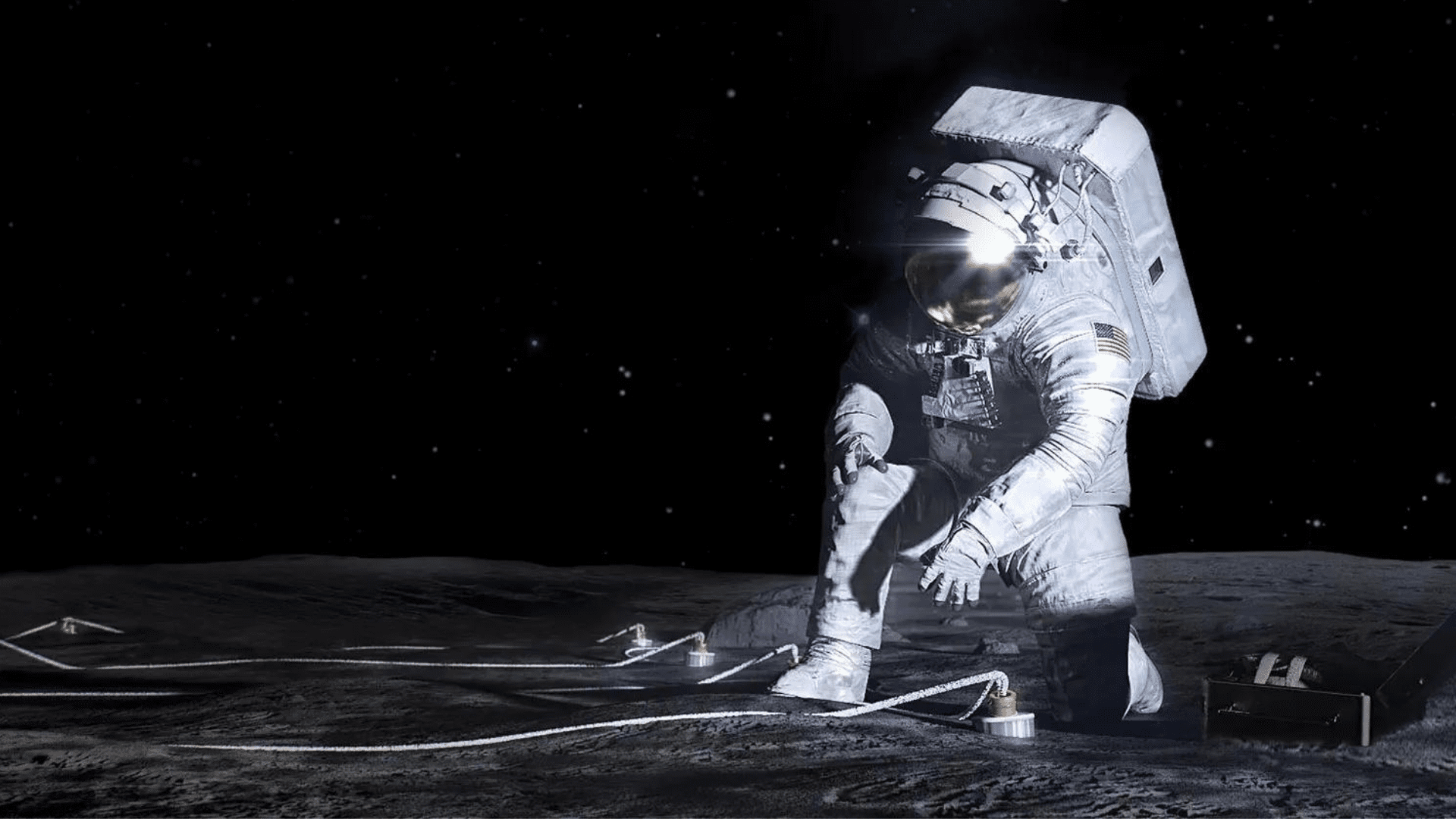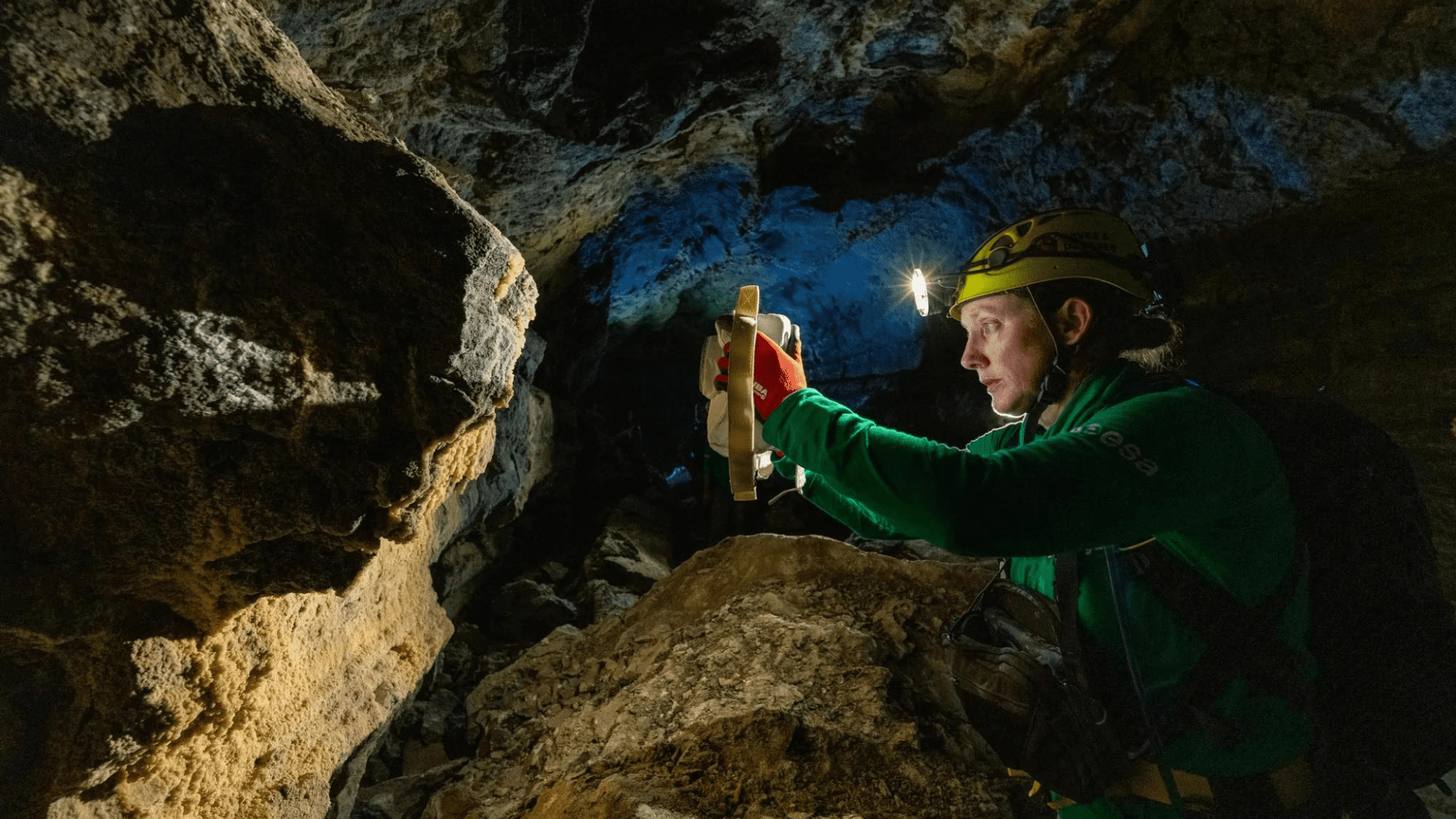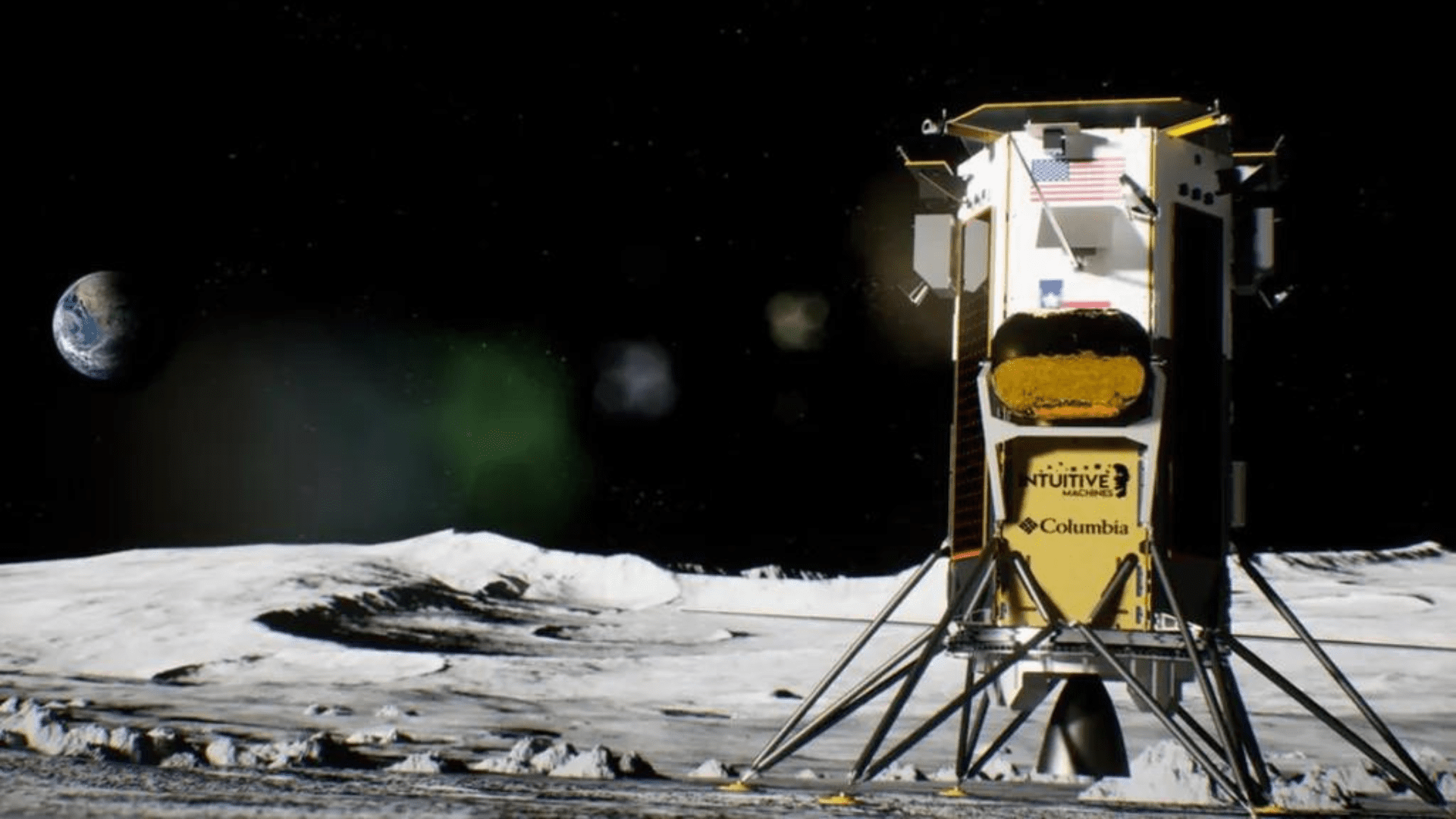Gateway is a vital piece of the complicated Artemis puzzle. The small space station is a multi-purpose outpost for the Artemis missions that will send astronauts to the Moon. Once completed, Gateway will serve as a home for the astronauts around the Moon. But since engineers are still working on the mini space station, astronauts turn to virtual reality to prepare for space exploration.
Gateway in Virtual Reality
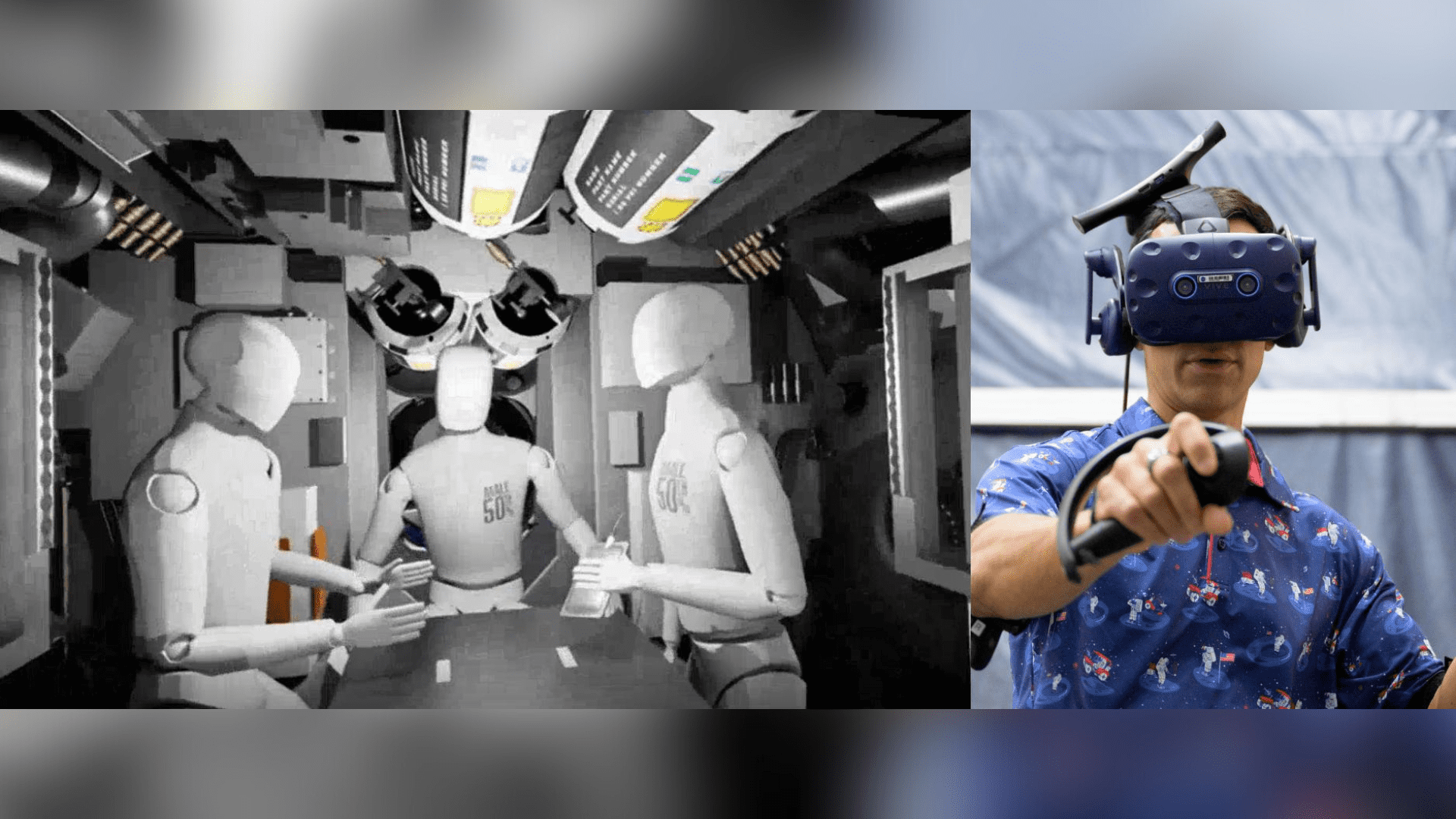
Astronauts living on Gateway will be the first humans to make their home in deep space. Before that happens, the next-generation science lab needs to be fine-tuned. NASA calls on two experienced astronauts who know a thing or two about living in a space station. To work out any kinks of the solar-powered, home-away-from-home NASA astronauts Raja Chari and Nicole Mann strap on the VR headset.
Chari and Mann are commanders of the SpaceX Crew-3 and Crew-5 missions to the International Space Station. The two astronauts used their experience of living and working on the ISS during their long-duration missions. They put on the VR headset to tour the first space station to orbit the Moon.
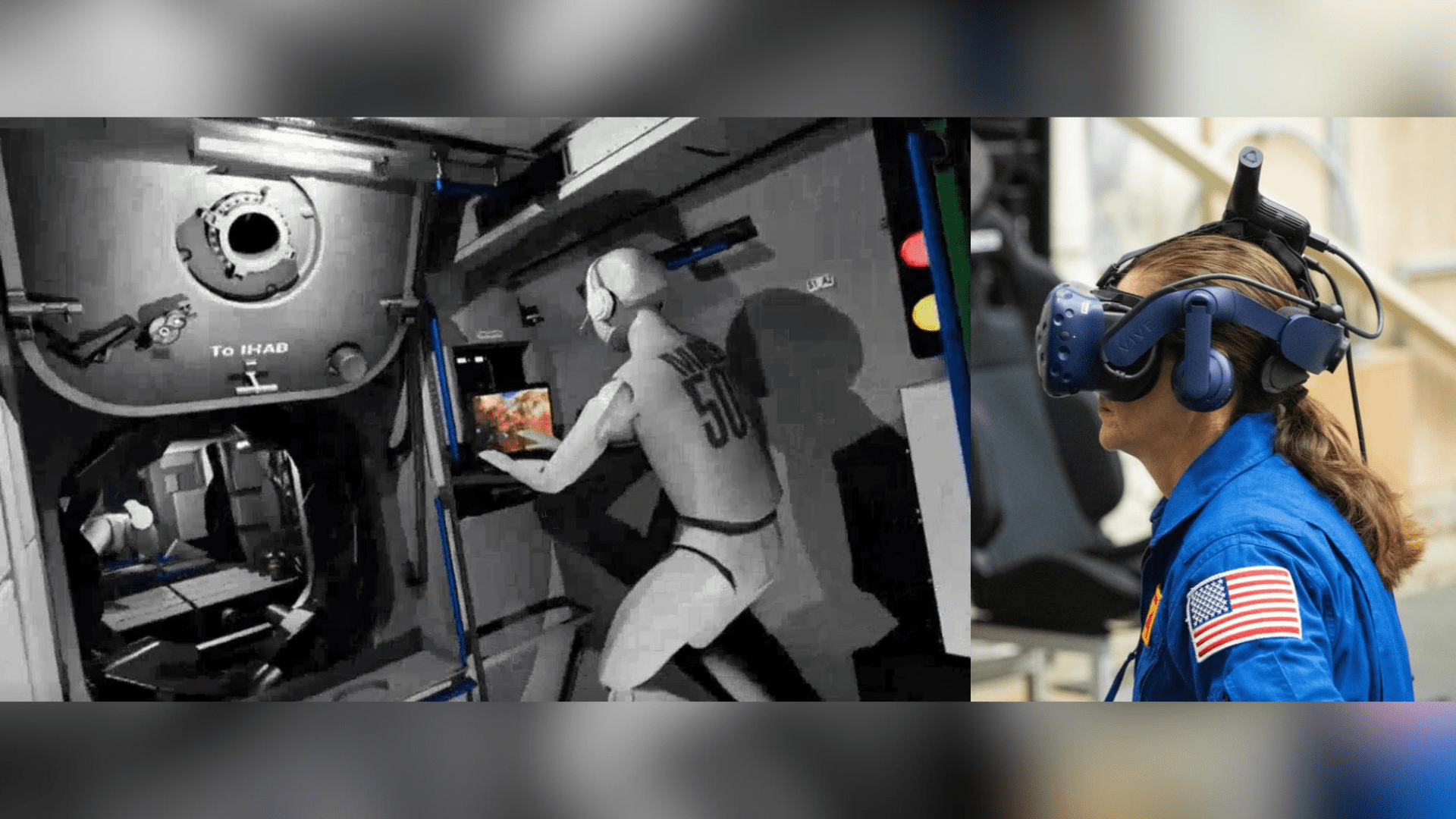
During the virtual tour, the experienced astronauts engage in several tasks that future crews could encounter in their day-to-day lives on Gateway. This includes performing science experiments, retrieving supplies, and preparing warm meals. NASA combines VR models and real-life astronaut experience that allows them to make necessary tweaks. For example, designers will analyze the virtual experience to see how they can make the interior design safer and more comfortable.
NASA says Gateway is poised to revolutionize deep space exploration to the Moon and beyond. Gateway is a testbed for next-generation technology and new science to better understand the impact of space on humans.
Explore Tomorrow's World from your inbox
Get the latest science, technology, and sustainability content delivered to your inbox.
I understand that by providing my email address, I agree to receive emails from Tomorrow's World Today. I understand that I may opt out of receiving such communications at any time.
Artemis Missions
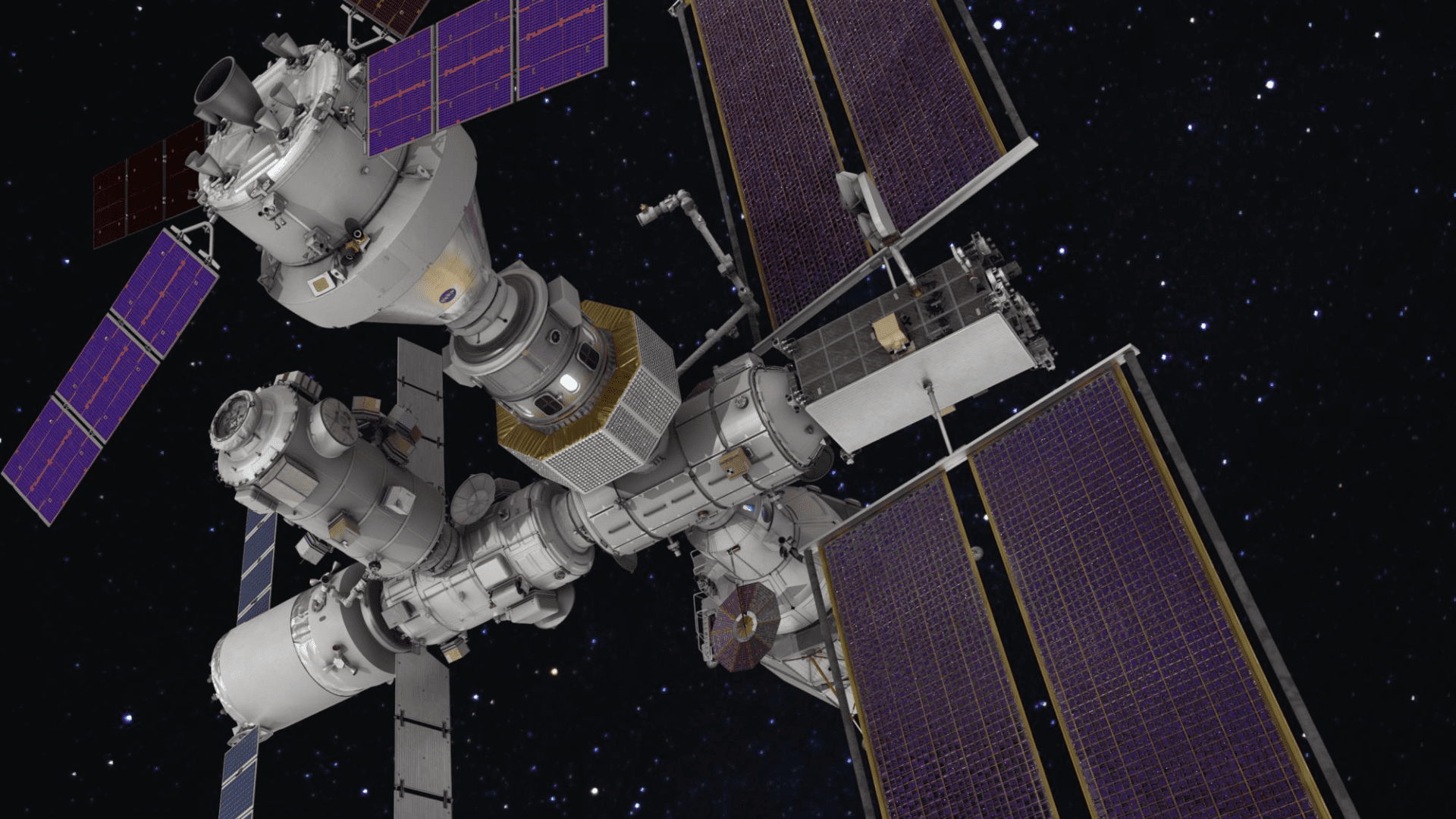
Gateway is a critical component of the Artemis campaign that will return humans to the lunar surface for deeper exploration. Beyond that, NASA hopes that the Artemis missions will pave the way to the first human missions to Mars.
Artemis II will follow the success of the uncrewed Artemis I mission in 2022. Additionally, Artemis II will send a crew to orbit the Moon to make sure all systems operate as designed for the Artemis III mission. Artemis II is set to launch no earlier than September 2025. Finally, Artemis III returns humans to the surface of the Moon for the first time in over 50 years. For 30 days, astronauts will ascend to lunar orbit and send two astronauts to the lunar South Pole for approximately one week. Takeoff is scheduled for no earlier than September of 2026.



